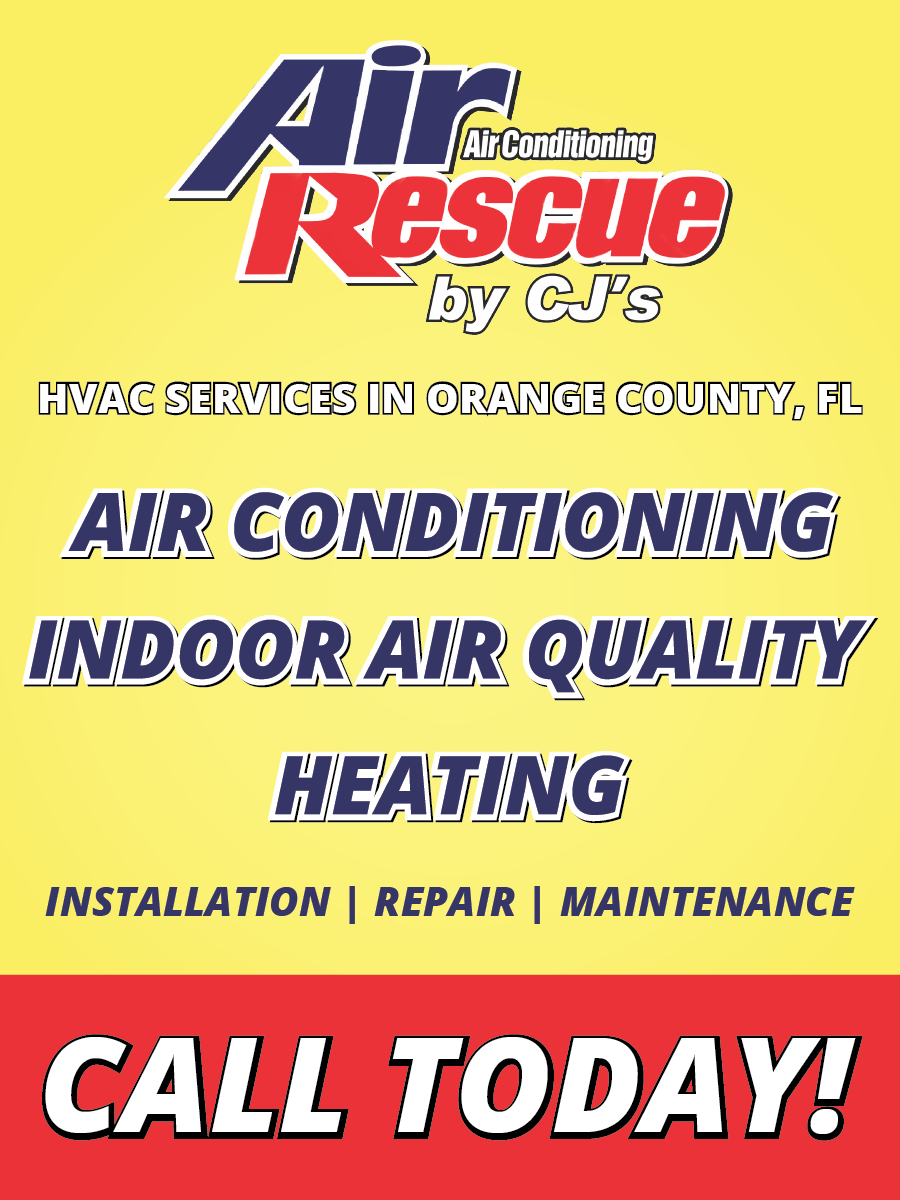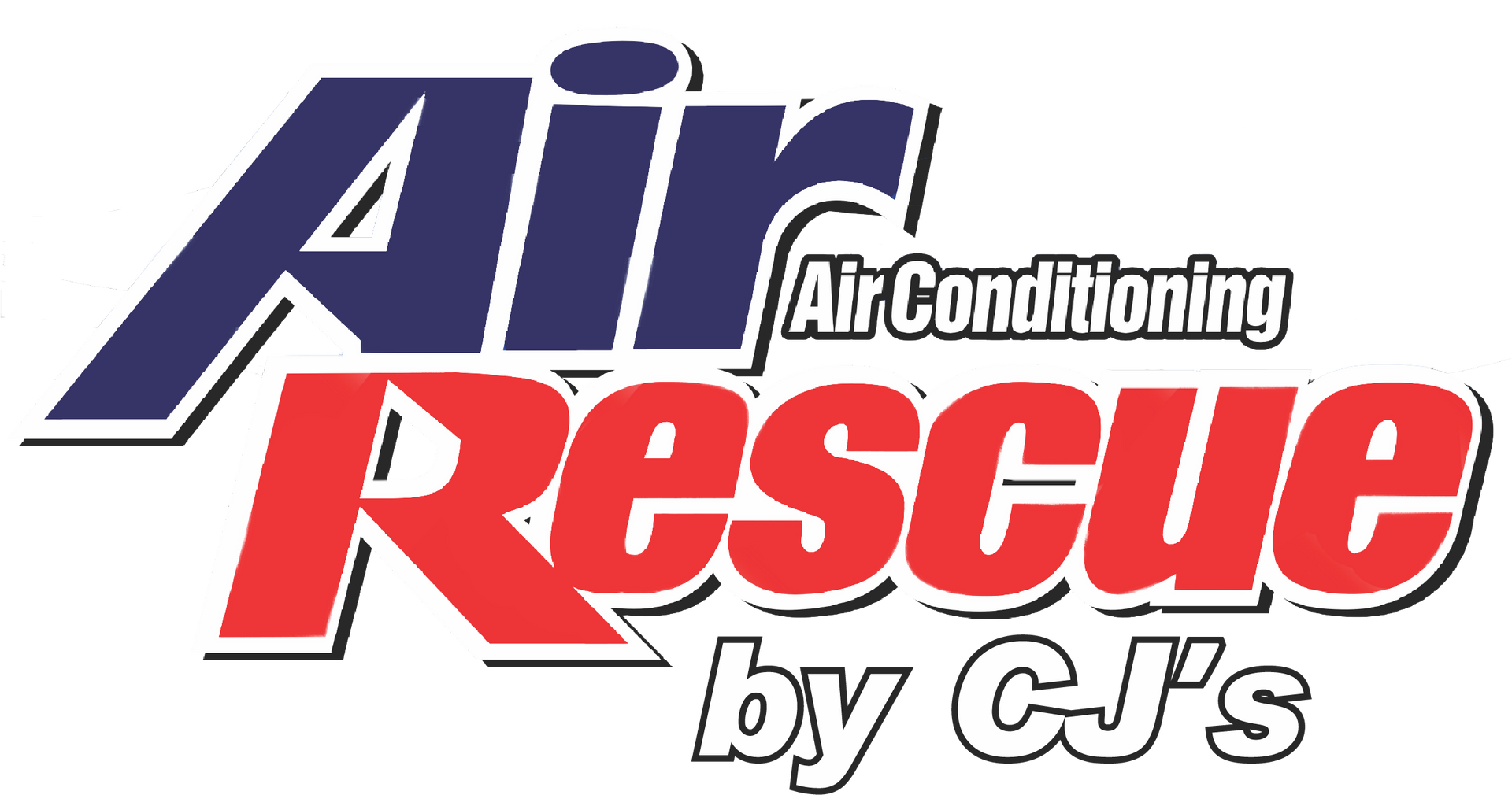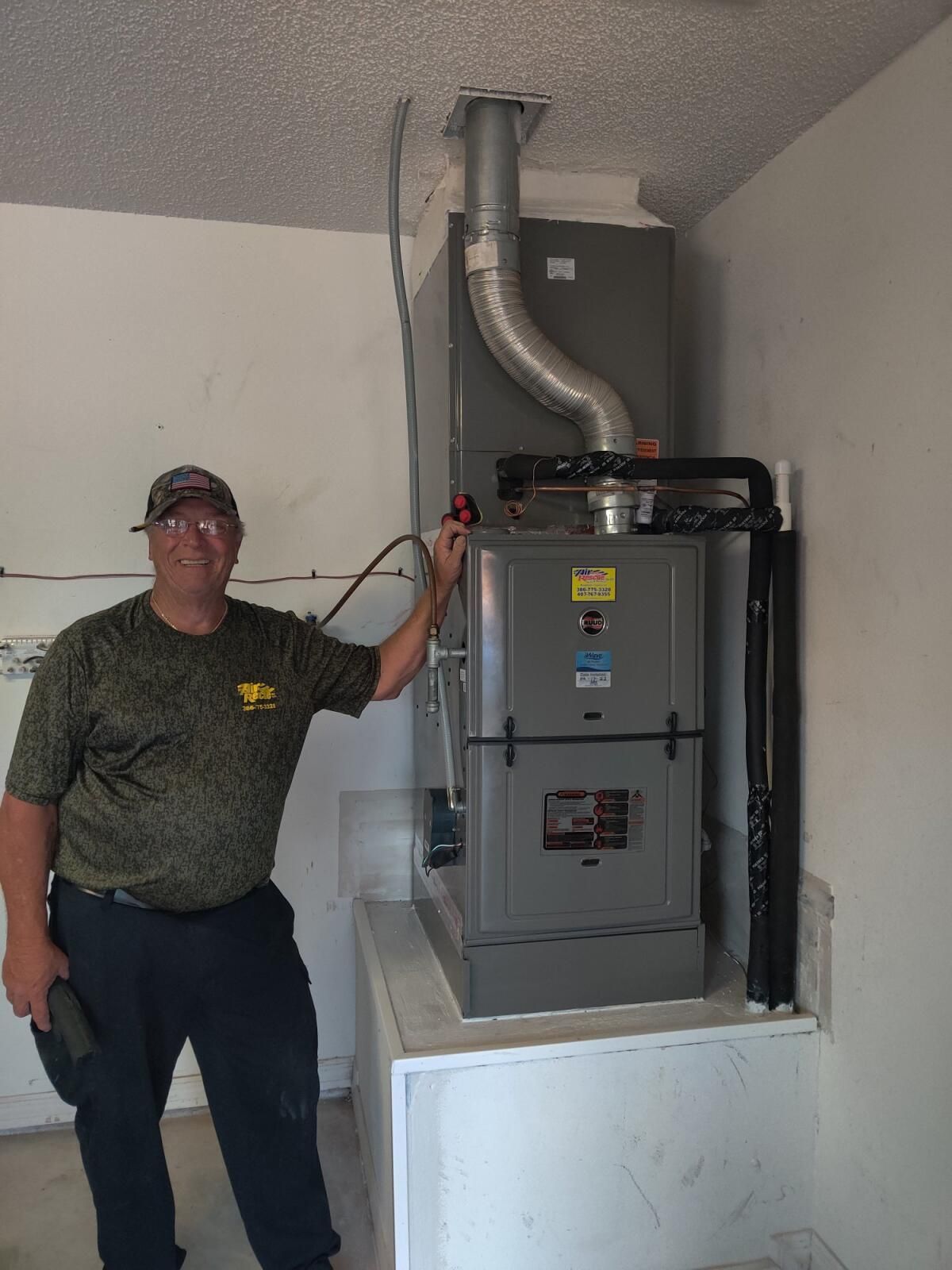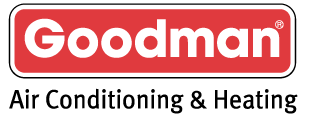Professional Heating Installation Services
You don’t want to find yourself in the middle of winter without a working heating system. At Air Rescue by CJ’s, we provide professional heating installation services that ensure your home is comfortable enough that you don’t have to add more layers of clothing.
As a dependable heating company, we’re committed to installing a high-quality heating system and ensuring it operates at peak efficiency. We respect that no two homes have the same needs and heating requirements vary. Offering custom heating solutions is part of what we do.
Heating System Choices
Homeowners have many choices today when choosing a new heating system. Most of the time, they choose something similar because it easily connects with the existing infrastructure. However, now is the perfect time to choose a more efficient unit to save you money.
Why Trust Air Rescue by CJ’s for Your Professional Heating Installation Services?
Our technicians provide you with guidance to help you make an informed decision regarding the best heating system for your home.
Whether you need something more budget-friendly, the most advanced technology, or something in the middle, we’ve got you covered. We provide energy-efficient, cost-effective, and long-term heating solutions. Don’t delay in safeguarding your comfort this winter.
Contact Air Rescue by CJ’s today to schedule a heating installation.

Contact us for professional heating installation services!
For immediate service call 386-775-3328, or fill out the form below and we will be in contact within one business day.




